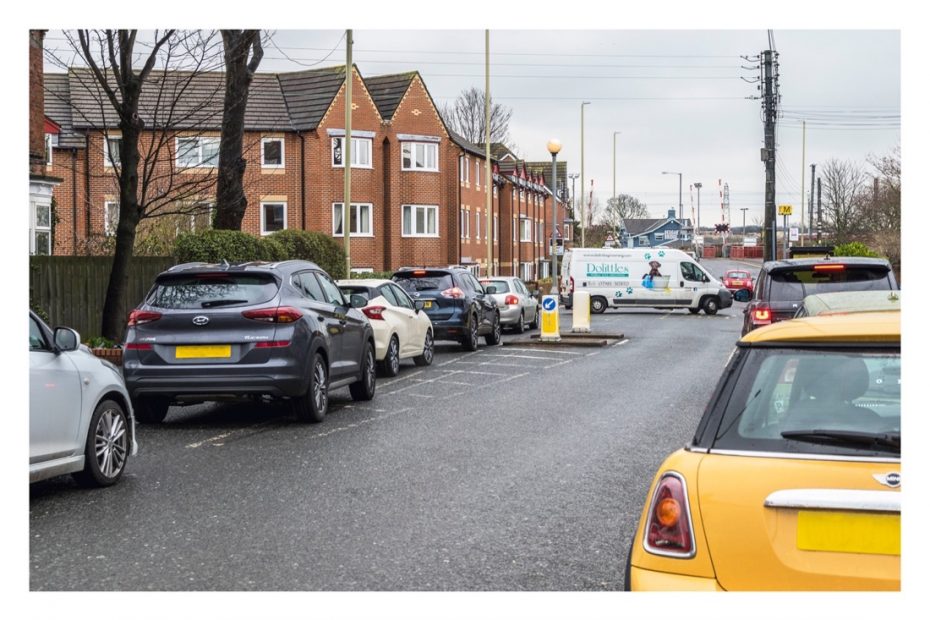New developments will be required to provide or contribute to the infrastructure requirements that are related to them. The necessary infrastructure, including improvements to existing infrastructure, should be made available to serve the development within an agreed timescale.
The infrastructure requirements of new development will vary depending on the type, scale and nature of the proposals. It could include the provision of: open space, public transport, education, leisure and medical facilities. The forum has particular concern over the impact of traffic and parking levels within the area, which is causing highway safety issues and congestion, most notably as a result of the width of the roads and their ability to cope with increasing traffic levels. The community have expressed concern over their ability to access a dentist and get GP appointments. In addition, there is concern regarding the potential future location of the schools.
Planning conditions, planning obligations and the community infrastructure levy provide opportunities to secure developer contributions to address the infrastructure requirements of new development. Planning conditions are attached to the grant of planning permission. Planning obligations are legal agreements entered into under section 106 of the Town and Country Planning Act (1990) their purpose being to mitigate the impacts of a development proposal. The community infrastructure levy (CIL) is a planning charge, which is a tool for local authorities to help deliver infrastructure to support the development of their area. It is for a local planning authority to determine if it wants to charge such a levy and South Tyneside Council are working towards the introduction of CIL. National planning practice guidance identifies that the council should work with the forum to identify both infrastructure needs and how any money collected from CIL should be spent.
Policy EB19 therefore seeks to ensure that no significant adverse infrastructure impacts arise as a result of new developments, supporting the delivery plan objectives 1, 4, 5, 6 and 8.
